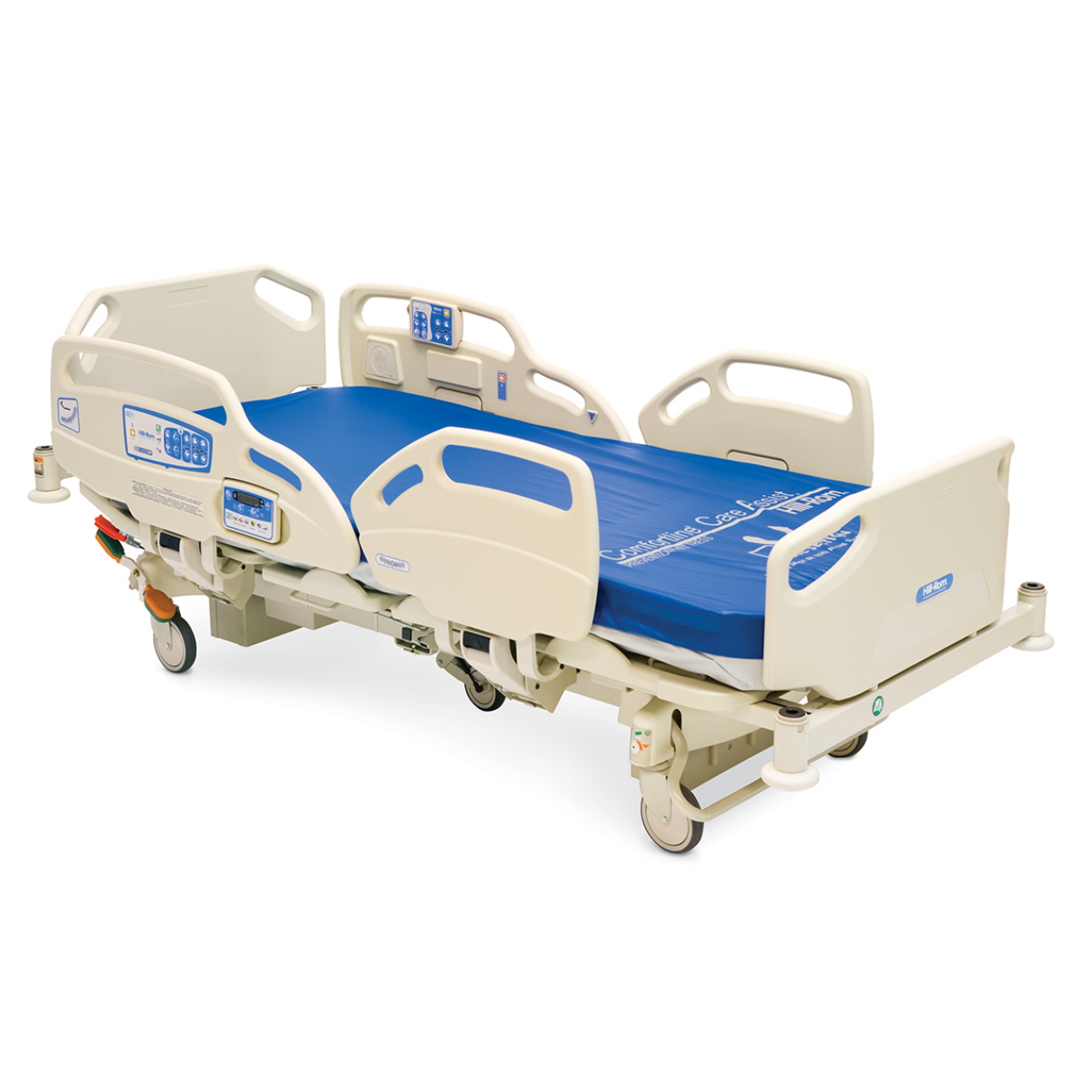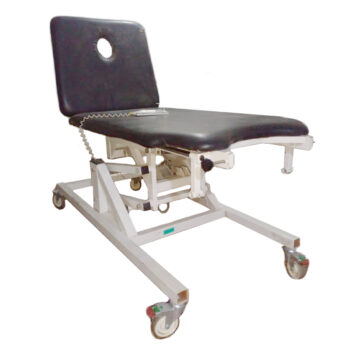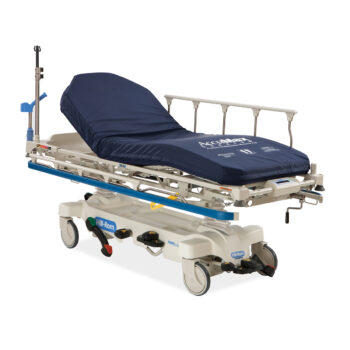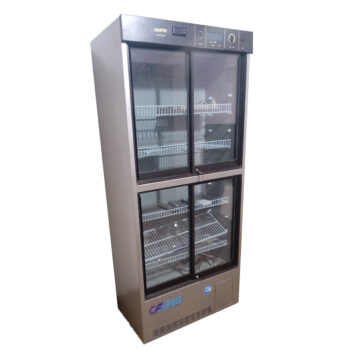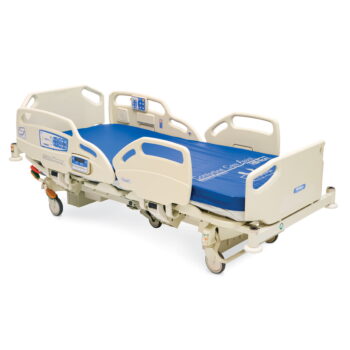The HILLROM CareAssist ICU Electrical Bed: Elevating Patient Care and Comfort in Critical Settings
In the fast-paced and demanding environment of intensive care units (ICUs), providing optimal patient care requires advanced and specialized equipment. The HILLROM Care Assist ICU Electrical Bed stands as a testament to technological innovation in healthcare, designed to enhance patient comfort, caregiver efficiency, and overall ICU functionality.
Design and Features
The HILLROM CareAssist ICU Electrical Bed is meticulously engineered to meet the unique demands of critical care settings. Its design places emphasis on patient comfort, clinical functionality, and ease of use for healthcare providers. The bed integrates a range of features aimed at improving patient outcomes and streamlining caregiving processes.
Patient Comfort and Safety:
1. Therapeutic Surfaces: The bed often incorporates specialized surfaces that contribute to pressure redistribution and prevent pressure ulcers, a common concern in immobile patients. These surfaces adapt to the patient’s body contours, providing optimal comfort and support.
2. Positioning Options: The CareAssist bed allows for various adjustable positions, including head elevation, knee elevation, and height adjustment. These options enable healthcare providers to optimize patient positioning for medical procedures, respiratory support, and patient comfort.
3. Side Rails and Assist Devices: The bed is equipped with adjustable side rails that can provide patient support and prevent accidental falls. Moreover, it may feature integrated assist devices that aid patients in changing positions or getting in and out of bed safely.
Clinical Functionality:
1. Monitoring Integration: The bed often comes with built-in capabilities to integrate with patient monitoring systems. This integration allows for seamless data sharing between the bed and monitoring devices, enabling healthcare providers to closely monitor vital signs and patient condition.
2. Intuitive Controls: The CareAssist bed features user-friendly controls that allow caregivers to adjust bed settings with ease. These controls enable quick modifications to bed position, side rail height, and other parameters without disrupting patient comfort.
3. Emergency Features: In critical situations, the bed is designed with emergency features such as Trendelenburg and reverse Trendelenburg positions to aid in patient stabilization and facilitate medical interventions.
Caregiver Efficiency:
1. Mobility and Accessibility: The bed is equipped with locking casters that allow for easy movement and positioning within the ICU. This mobility is crucial for maintaining clear pathways, accessing patients, and facilitating medical procedures.
2. Integrated Scales: Some models of the CareAssist bed feature integrated weight scales, allowing caregivers to accurately monitor patient weight without the need for additional equipment or transfers.
3. Accessory Management: The bed’s design includes features for organizing and managing medical accessories, ensuring that necessary equipment is readily accessible for healthcare providers.
Advantages and Applications
The HILLROM CareAssist ICU Electrical Bed offers several advantages that contribute to enhanced patient care and streamlined healthcare operations:
1. Patient-Centric Care: By prioritizing patient comfort and safety, the bed contributes to a more positive patient experience in the ICU. Comfortable patients are better able to rest and recover, ultimately supporting improved outcomes.
2. Efficient Care Delivery: The bed’s integration with monitoring systems, intuitive controls, and mobility features enhances caregiver efficiency. Healthcare providers can swiftly adapt bed positions and settings to accommodate patient needs and medical interventions.
3. Reduced Risk: The bed’s features for pressure redistribution and fall prevention mitigate the risks associated with immobility and critical care settings, promoting patient safety.
4. Versatility: The CareAssist bed is adaptable to various critical care scenarios, making it suitable for a range of patient populations and medical conditions.
5. Data-Driven Care: The integration of monitoring systems and data-sharing capabilities supports data-driven decision-making, allowing healthcare providers to closely track patient progress and adjust care plans as needed.

